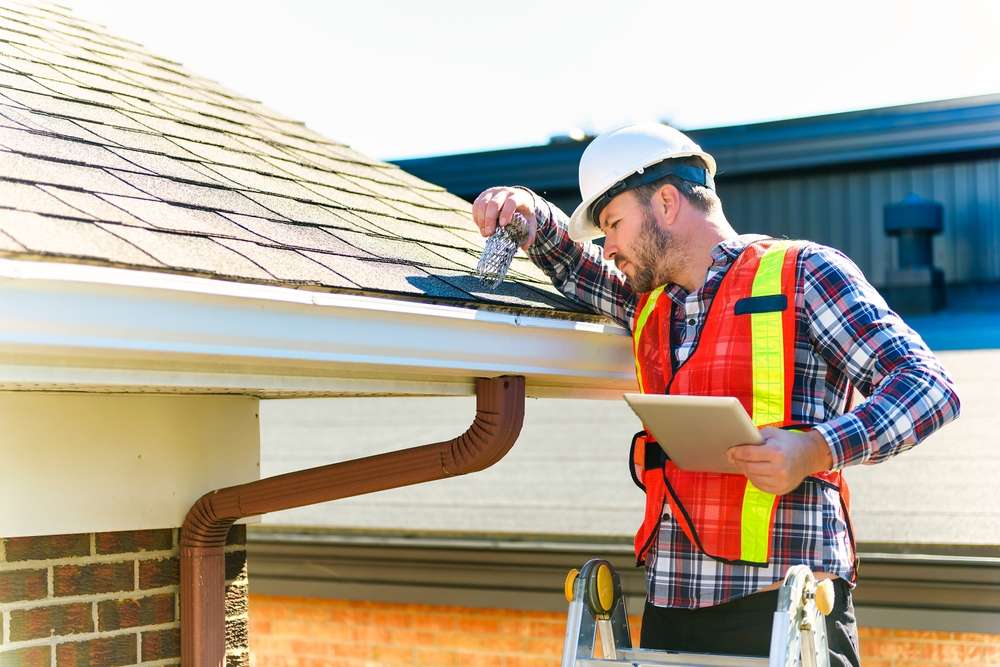Roofing Services: Practical Guide to Repairs, Replacement, and Maintenance
A roof protects a building from weather, improves energy efficiency, and affects long-term maintenance costs. Roofing services cover inspections, repairs, partial or full replacements, and preventative maintenance. Whether you own a detached house, a terraced property, or a commercial building, understanding what roofing contractors do and how to evaluate options helps you make informed decisions and avoid unnecessary expenses.

What do roofing services include?
Professional roofing services typically start with an inspection to assess condition, identify leaks, and estimate remaining lifespan. Common tasks include patching or replacing damaged shingles or tiles, repairing underlay and flashing, clearing gutters, treating moss and algae, and handling full roof replacements. For flat roofs and commercial systems, services may involve membrane repairs, surface coatings, or drainage improvements. Many contractors also offer emergency repairs after storms and follow local building codes when carrying out structural work or installing insulation.
How to assess your roof before hiring
Before contacting a contractor, gather basic information: roof age, any visible signs of damage from the ground, recent leaks, attic condition, and whether issues affect insulation or ventilation. Safely check gutters and look for granules from asphalt shingles or broken tiles. Photograph problem areas and note dates when leaks occurred. A clear description helps contractors provide accurate assessments and avoids surprises during work. Request a documented inspection and a written estimate that lists materials, labour, and expected timeline.
Which roofing materials are commonly used
Roofing materials differ by climate, building type, and budget. In the UK and similar climates, common choices include asphalt shingles, clay or concrete tiles, natural slate, metal roofing, and single-ply membranes for flat roofs. Slate and tile offer long lifespans but higher upfront costs and weight considerations. Metal roofs are durable and lightweight, while asphalt shingles (less common in older UK homes) are economical and simpler to install. Flat roofs often use EPDM, TPO, or felt systems with specialist detailing for drains and upstands. Each material requires different maintenance practices and has distinct lifespan expectations.
Health and safety standards to expect
All reputable roofing contractors should follow health and safety regulations, including proper use of scaffolding, edge protection, harnesses where needed, and safe handling of materials. They should manage dust and debris, protect landscaping, and clear waste responsibly. For projects involving asbestos or hazardous materials, contractors must be licensed for safe removal and disposal. Verify that workers carry appropriate personal protective equipment (PPE), and ask for proof of public liability and employer’s liability insurance to protect both parties in case of accidents or damage.
Warranties, guarantees, and documentation
Ask about warranties for both materials and workmanship. Manufacturers usually provide material warranties, while reputable installers may offer a guarantee on their labour. Confirm what each warranty covers (e.g., leaks, defects, or premature failure) and for how long. Keep all documentation: contracts, inspection reports, invoices, and warranty certificates. Check whether guarantees require regular maintenance to remain valid. Clear records simplify warranty claims and help maintain property value when selling or commissioning future work.
How to choose qualified local services
Look for local services with verifiable references, trade association memberships, and a track record in your area. Request multiple written estimates to compare scope, timelines, and materials rather than only price. Inspect past work through photos or site visits where possible, and read independent reviews focusing on workmanship and aftercare. Confirm the contractor’s registration for relevant building regulations and whether they will notify or arrange inspections with local authorities when necessary. Using local services can offer advantages in responsiveness, knowledge of local weather impacts, and familiarity with regional planning requirements.
Conclusion
Understanding the scope of roofing services, material choices, safety standards, and warranty details helps you plan and budget for roof work more confidently. Taking time to assess the roof, gather documentation, and compare reputable local services reduces risk and supports better long-term outcomes for your property.
